[PConline News] In 2016, the television scene was much busier than it was last year. In the new year, Foxconn celebrated the world's grandest drama of “Japanese wife†Sharpe; immediately afterwards, with the opportunity of the first year of sports, all kinds of fancy marketing in the circle and tearing down the battles; traditional manufacturers between OLEDs and quantum dots. With red flags, internet companies are facing swords in terms of hardware subsidies and content fees; panel prices of cyclical fluctuations have been particularly fierce this year, bringing some confusion to the market where the overall increase does not increase revenue; the growth momentum of the industry has shifted to structural upgrading, and the high-end market Renewed favor...
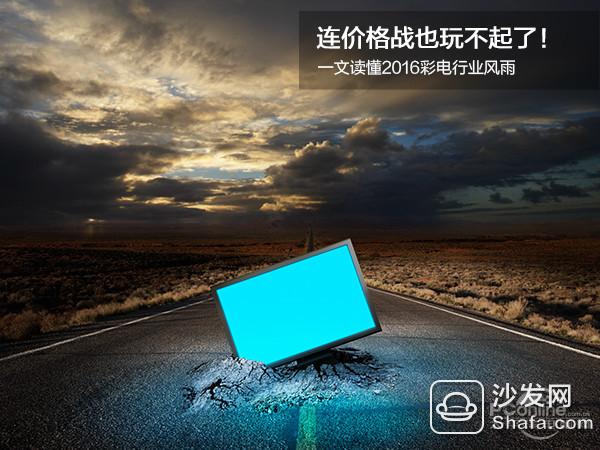
The new business model is always subverting the old contractual relations. Along with the layout of the Internet and the globalized market, the boundaries of the television industry have also begun to be redefined. The future standards for judging the competitiveness of TV companies will consider them more. Associated with other people's structural values, mergers and acquisitions between industries and diversified cooperation and win-win will continue to occur fiercely.
Panels continue to increase prices, color TV market increase does not increase
In the second half of this year, there was a very intriguing thing. LeTV raised TV prices twice within three months. Although the prices of the previous panels also fluctuate periodically, this year's fluctuations have been particularly strong.
Rising prices are directly linked to tight supply and demand. Last year, the global price of LCD TV panels suffered a sharp decline. The Internet TV brands took advantage of the trend and played low-priced brands in an attempt to dominate the market. TV sales continued to climb under low-price stimulus. This year, under the influence of Olympic Games, the European Cup and other sports events, the demand for television has further increased, but the production capacity has not reached expectations, and the contradiction between supply and demand has intensified.
Open
Cell
60Hz
Open
Cell
60Hz
Open
Cell
60Hz
Open
Cell
60Hz
Open
Cell
With the buoyant consumer demand, the mainstream TV size in the market has increased by an average of 2 inches, and panel manufacturers are facing product structure upgrades and adjustments. They are interested in promoting high-value-added products such as large-size, curved surfaces, and OLEDs. These products themselves are in short supply. The overall panel price incentives.

There is a strange thing. In the third quarter of 2016, the retail volume of the color TV market reached 11.95 million units, an increase of 8.9% year-on-year; retail sales amounted to 35.3 billion yuan, a year-on-year decrease of 5.9%. The sales volume in the color TV market continued to rise, and the market continued to expand. Why did retail sales still decline? This has a direct relationship with the low-cost strategy that Internet vendors have been advocating since the television industry was disrupted.
Internet companies have brought a series of new gameplay, such as content subsidy hardware, advertising subsidy hardware, sales of television losses and subsequent revenue-generating services through value-added services. This model has forced traditional vendors to constantly price their products.

Just like the smart phone market a few years ago, the threshold for industry manufacturing was very low, and more and more companies joined the industry, and competition was intensified. The price war has become an unavoidable means.
Although the overall situation is grim, but with the color TV industry will focus on structural upgrading, technological innovation and product innovation, companies will gradually go out of the "incremental increase in income" cycle.
Display technology is still primary productivity
Regardless of the direction in which the TV is headed, display technology has always been a key factor driving its progress. From the perspective of the development history of the entire television, every major innovation takes place around major technological changes.
Exciting HDR
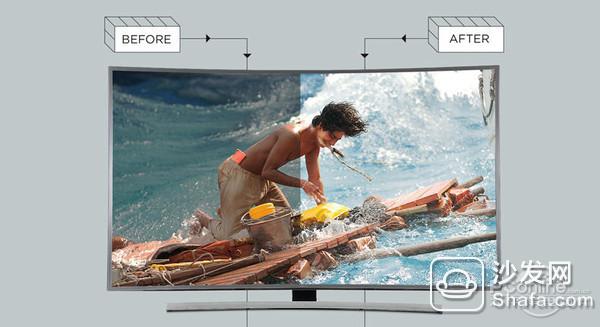
If you want to select the hottest display technology this year, it must be HDR. Since the beginning of the CES at the beginning of the year, almost every TV maker, whether it is the flagship of this year or the flagship of last year, has upgraded to support HDR technology. This is really a full-scale popularity, just like the excitement of 4K TV. The appearance of HDR is to allow the eyes to obtain more brightness information when watching TV, allowing you to see the screen closer to the real world in front of the TV. For example, you will never meet the overexposedness of the highlights on the TV screen. There is still a dark part of the darkness. Because in the real world, you can tell the colors of the fireworks and the details of the buildings in the lights.
Quantum dots make LCD TVs alive
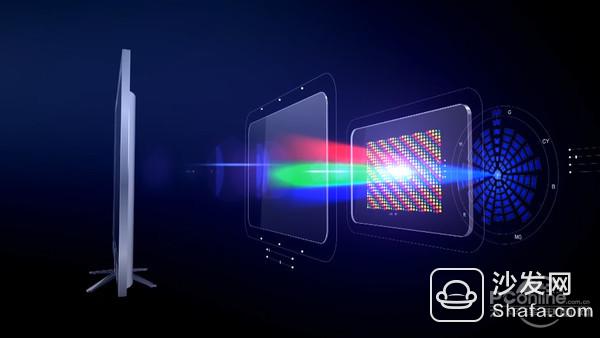
Although LCD TVs have been developed for so many years, it is still full of vigor and vitality. The quantum dot TV camp has grown to an extent that cannot be ignored. Television brands such as Samsung, TCL, and Hisense have all launched their own next-generation quantum dot TVs this year, with a wider color gamut, higher brightness, and longer life. Shockingly, just recently, Samsung also acquired QD Vision, a manufacturer of quantum dot display technology. A contest with OLEDs to compete for display technology standards is imminent.
2.57mm ultra-thin OLED, belongs to the future

With the gradual development of price wars, the kind of exquisite works that can be regarded as works of art, that is, the emotional products in our mouths, are becoming rarer and rarer. The LG 2.57mm ultra-thin OLED TV debuted at CES at the beginning of the year is refreshing, giving people endless imaginations about future TV formats.
Dynamic Backlight System Master Edition, Dafa Black Technology

HDR is a higher brightness standard, and the Dynamic Backlight System Master Edition is the hardware technology support to achieve this standard. This black technology from Sony, using a new optical design, used in the latest flagship product makes the peak brightness of the TV reached an astonishing 4000nit, has created an industry in the peak brightness, black brightness, dynamic range and other indicators new highs.
Galaxy multi-zone backlight technology
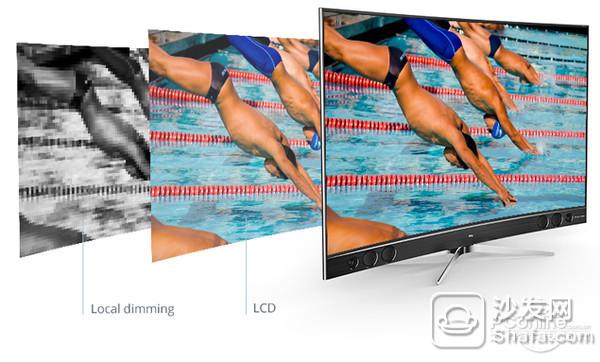
The technological progress of China-made TVs over the past few years is also obvious to all. TCL has independently created a high-end sub-brand XESS Chuangyi this year. Galaxy multi-zone backlight technology is the high-end display technology that this brand of television is equipped with. It uses an OD (backlight distance) 8mm display scheme and 1152 LEDs in the 288 division. The peak brightness of the screen can reach 1500nit. The black field of the entire TV is even darker and the white field is whiter.
The first domestically produced autonomous OLED TV

In 2016, what is worthy of pride in China's color TV industry is Skyworth’s first self-owned OLED TV launched in cooperation with BOE and Hass. BOE has overcome technical barriers to the production of OLED screens, and Hass has solved the technical difficulties of Chinese TV “foreign coresâ€. The OLED industry will usher in a new pattern of universal access.
The development of display technology is never stopped, people will never be satisfied, just like fast processors are not too fast, and high resolution is not too high. Once technology ceases to change, all innovation is weak. From this year's display technology iteration of traditional TV manufacturers, we have seen very positive signals. Domestic technology has started to rise, and China's manufacturing industry in the color TV industry has begun to rise.
Good marketing, seize the industry heat and cognitive law
"Good products will speak for themselves," said Jobs, who once said, who has always been a product. But in today's era of mobile Internet era, this sentence seems to have less faith.
When it comes to television, most people will think of how powerful the Sony TV's picture quality technology is. But now it is hard to see Sony's shadow in the big TOP10 list (of course, Sony's performance in the international market is still good). A good product can speak for itself, but if you want to be heard by more people, you have to speak louder.
In 2016, the smart TV industry is still fiercely competitive. This is reflected in the marketing methods of major brands.
Hot marketing
People who do marketing and publicity planning know that hot spots are one of the best marketing tools. In 2016, science and technology circles were very lively: Concepts such as “VR, AR†were in full bloom at the beginning of the year; then AlphaGo’s victory over world champions in man’s machine battles, Li Shishi pushed AI (artificial intelligence) to the cusp; and there was no one Machines, drones, and so on... These just provided some material for the smart TV industry to inject new vitality.
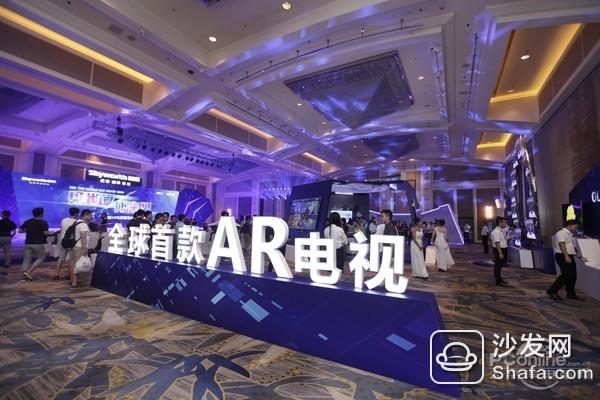
On May 4, 2016, Storm TV released the world's first VR TV; July 28, 2016, Changhong released the world's first artificial TV; On August 29, 2016, Skyworth released the world's first AR&OLED smart TV in Beijing. . The emergence of these three parties one by one, all at once attracted a lot of attention, including AR, VR, AI and other fields of many fans. However, after being calm, it is easy to find out that VR, AR, and AI are all in the primary stage. The technology is not mature, and the combination of smart TV and TV can play a very limited value. At least for now, this approach is more than the actual experience of the product, but because it grabbed the hot spot, but also eat a bowl of sweet soup.
In addition to the excitement of the technology circle, 2016 is a major sports year. In addition to the regular football and basketball leagues, the European Cup and the Rio Olympic Games have come one after another. This is also the best time for major brands to show their faces.
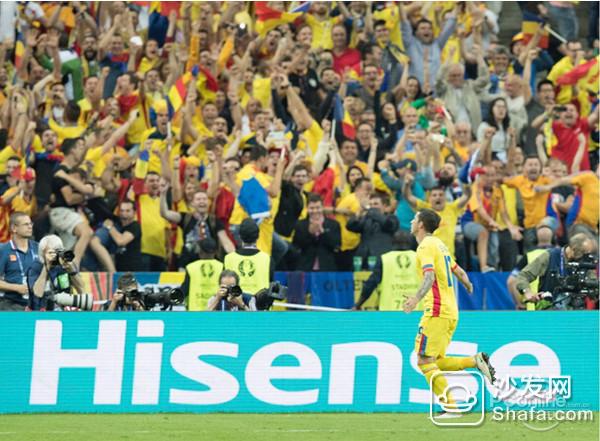
“The biggest upset in the 2016 European Cup is that Brazil is eliminated. The largest dark horse is Hisense's advertisement.†During the European Cup, this paragraph suddenly burst into flames. This year, Hisense became the first top sponsor from China in UEFA in 56 years. On June 10th, the European Cup opener Shanghai Xin Advertising made its debut in the competition: The Chinese version is "Hisense TV, the first in China", and the English version is "Hisense, CHINA'S NO.1 TV BRAND" (16 rounds of 30-second ad , English 14 times, Chinese 2 times). As a result, Hisense undoubtedly became the brightest smart TV brand during the European Cup.
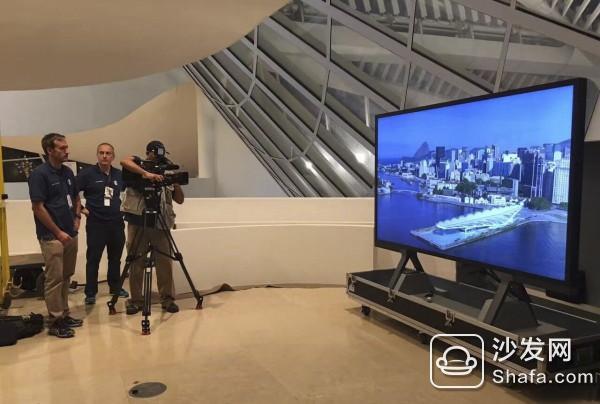
BOE 98å‹8K TV debuts Rio Olympic Games
Of course, the Rio Olympics is the biggest sports event in 2016 and the world is watching the stage. The first live 8K live broadcast was held at the Museum of Tomorrow (Tomorrow Museum) in Rio. The 8K display device used on site was a 98-inch 8K ultra-high-definition TV made by BOE. This was the first time that the Olympics broadcasting site had appeared. The large screen from China also made more people aware of BOE.
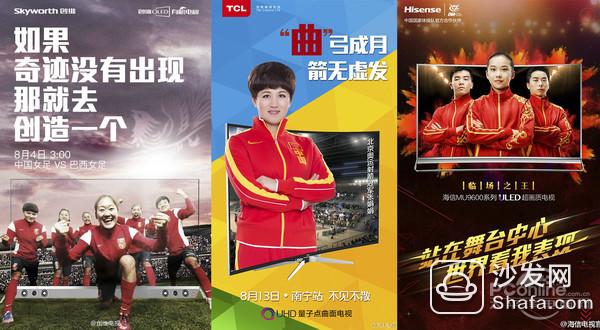
It is not so easy to show off on the world stage of the Olympics. During the Rio Olympics, domestic TV brands have not forgotten to keep an eye on the dynamics of the Olympic athletes. They also give their brands a great deal when they send out good wishes or good news.è¹ Hotspot opportunities.
In addition, in this year's domestic TV variety show, "China's New Song" is undoubtedly one of the programs with the highest degree of concern, and therefore it has also become a big cake for sponsors. In the smart TV industry, Little Whale TV has been fortunate enough to be the only designated Internet TV brand in China’s New Song and has earned enough attention.
Tear off marketing
Since the joining of the Internet TV brand, the market for smart TVs has become particularly fierce, sparking sparks, especially Internet TV brands that make good use of the power of the Internet.
LeTV has been at the forefront of this year's turbulence, and it has also become a focus that many netizens like to pay close attention to, but it has also become the object that other TV manufacturers are willing to target. With regard to its cause and effect, LeTV is one of the cheaper TVs, and the low pricing is due to its “hardware free†strategy. After that, Storm TV also played similar tricks as "hardware free." The traditional TV manufacturers, which are mainly profitable with hardware, could not hold back anymore. Skyworth launched a “free content†model and “buy TV content†to counterattack, and other brands are also not optimistic about LeTV’s “hardware free†model. Tear battles are heating up.
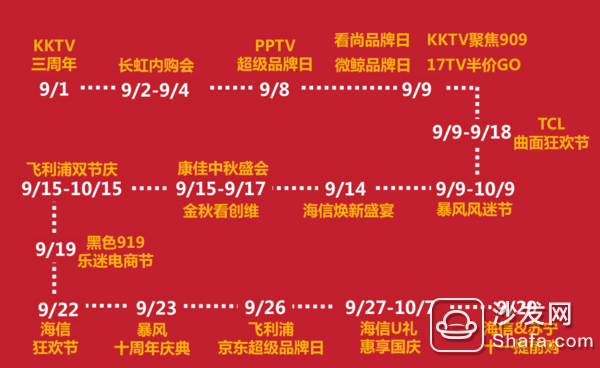
In September, it can be said that it is the brand month of major manufacturers of smart TVs. Almost all TV brands such as LeTV, Little Whale, Storm, TCL will set September as their brand day or fan festival. In order to give its own brand day promotion promotion, each brand also trussed each other in the form of a poster, so the entire September has suddenly become a TV manufacturer rigged on the moon.

The active marketing strategy for domestic Internet brands is clearly more grounded than that of joint venture brands. It is good, but not entirely. Because once you value marketing and ignore the product itself, then the product will not speak for itself. It's all for you. Compared to companies that have spoken loudly about products and marketing, they are much worse.
Hand-in-hand marriage, the move to take advantage of the new situation
The erode phenomenon in the color TV market has never stopped, and the strong food has been driven by capital. Last year, Hisense acquired Sharp Americas and Skyworth acquired the Indonesian Toshiba TJP plant. This trend of mergers and acquisitions this year, as well as the expansive internationalization journey of Chinese home appliance companies, has intensified.
Hon Hai and Sharp's twisting marriage
On August 12th this year, Taiwan’s Hon Hai Group finally completed the acquisition of the Japanese electronics giant Sharp Corp.’s transaction for 3.8 billion US dollars (received 66% of Sharp’s shares), ending the four-year long march. In the months after the marriage, Sharp has been active under the support of Hon Hai’s rich man: spending 13.9 billion yen to buy back the building where the original headquarters was located, announcing that it will invest 570 million US dollars to develop OLED screens and restore the European LCD panel. Delivery.
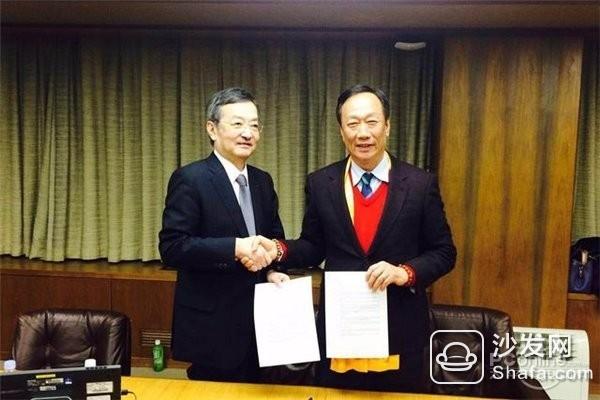
Hon Hai has been seeking to expand beyond the low-margin foundry business to enter into high-end module production. Sharp's display panel technology will help Hon Hai enter the screen production business and reduce its dependence on OEM business. With Sharp's technology and Foxconn's production capacity, Hon Hai has gradually achieved deep vertical integration in the display area.
In the new business module, Hon Hai and Samsung, LGD, and JDI are currently competing for orders for iPhone OLED panels. As for large-scale applications, Hon Hai’s influence on the 10th-generation plant has further increased. It has led Sharp into Internet TV and launched a series of new products that are extremely grounded.
After the marriage, the first TV products launched in cooperation with Alibaba, YunOS operating system, also learned Internet TV manufacturers to send hardware, send content marketing. This scrambling, a melee in the television industry is inevitable.
LeTV Acquires VIZIO, Big Screen Ecology Belt to Global
LeTV has been at the forefront of business, unique business model, continuous financing, GEM leading shares. Following the holding of mobile phone manufacturers Cool, TCL Multimedia, in July of this year, LeTV and another $ 2 billion acquisition of the United States's largest domestic TV maker Vizio and its associated company Inscape.
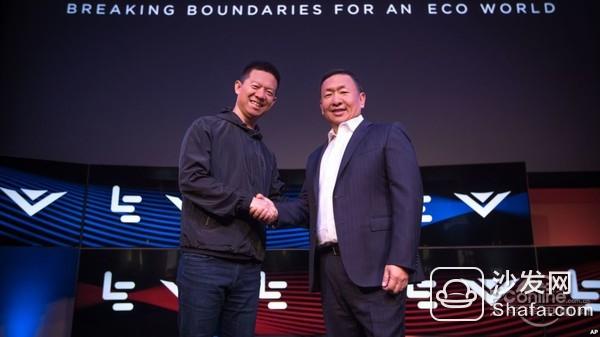
The overseas market of LeTV has long been premeditated and the large-screen invading U.S. With Vizio, LeTV has won the cooperation of the United States first-tier channel providers, plus the upstream technical strength of TCL, LeTV will soon be able to create deep vertical integration from the brand to the user.
Recently, LeTV’s negative news has continued, largely around LeTV’s funding crisis. Rumors or facts are not commented, but Jia Yueting published on Weibo, "grass first, ecological strategy set off the second phase, Mark." It is confirmed that the crisis is there, but now also to resolve. Immediately afterwards, Jia Yueting obtained new financing in the hands of classmates from the Cheung Kong Graduate School of Business.
It is undeniable that LeTV has become the same company with BAT, and its public opinion is no less than these old Internet companies. LeTV's "ecological anti-" layout is very extensive, the acquisition of VIZIO is only a small one. Entering the US market to achieve internationalization is what LeTV ultimately wants to achieve.
Samsung acquires Harman/QD vision
Samsung’s turmoil was not small this year, and the mobile phone dug itself into a pit. The television here was quite indignant. In November, the two big businesses were sold. One was to spend $8 billion to acquire Harman International and the other was to purchase QD Vision, a quantum dot technology company, for $70 million.
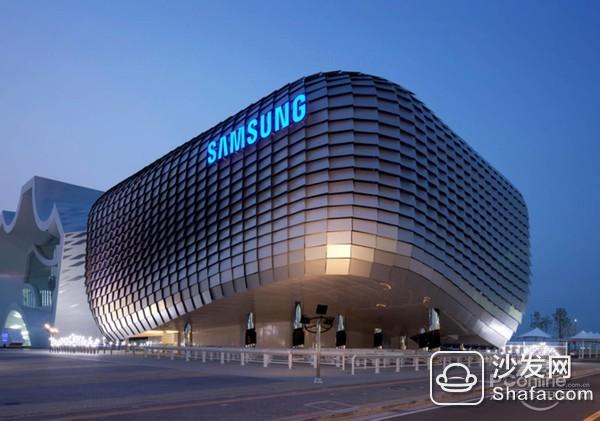
Most of those who interact with audio are inseparable from Harman. Brands like JBL, Infinity, AKG, and CROWN have already been under its income. Samsung will be involved in the field of automotive systems. This is the first place we talk about. What's interesting is the television field. Audio solutions, most TV brands are working with Harman. Samsung’s acquisition of Harman is obviously not good news for other TV brands.
Samsung’s acquisition of QD Vision, QD Vision has the world’s largest quantum dot manufacturing facility. It will become part of Samsung’s R&D department and will be responsible for the development of QLED displays for use in the consumer electronics market. Why doesn't Samsung produce OLEDs in large-size areas and switch to Quantum TV? We must know that Samsung's AMOLED screen has not had any rivals.
Samsung has always had a keen market insight, not dead technology. Samsung also launched its own OLED TV in 2013. It has spent a lot of energy researching OLED display technology. It is a more difficult but effective RGB OLED technology. But from LG we can see that OLED is still going hard all the way. Samsung has focused on QLED technology that has stepped on the hot wheels. Samsung has already tasted a lot of sweetness in a mature market environment. With Samsung's vertical integration capabilities, the rapid deployment of technology after the acquisition of technology is a matter of course.
Microwhale 450 million shares in Konka
In addition to various types of acquisitions, there are cases where traditional manufacturers and Internet companies have exhibited in groups.
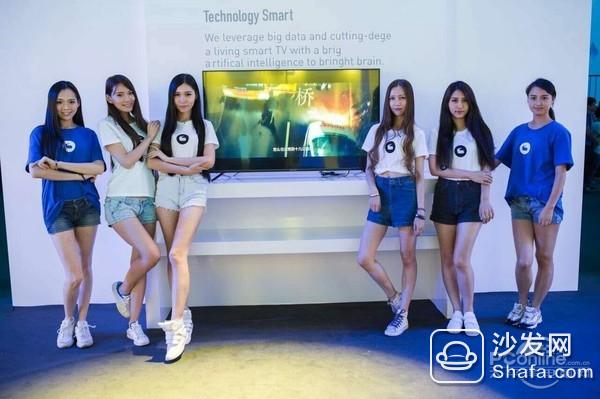
On April 13th, the micro whales invested 450 million yuan and became the fifth largest shareholder of Konka. At the end of last year, LeTV took a stake in TCL and it was better to be in love. The micro-whale’s shareholding in Konka is also a collaboration to get the necessary cooperation. The two parties can produce complementary effects. From the situation of the loss of Konka last year, it is in urgent need of financing. Although there is not much money, it is better than nothing, and the Chinese culture of the parent company of the microwhales has a strong content layout. This is also a fortune for future cooperation. The micro whale is of course the resource of the downstream industrial chain of Konka.
Iqiyi 150 million shares in Skyworth
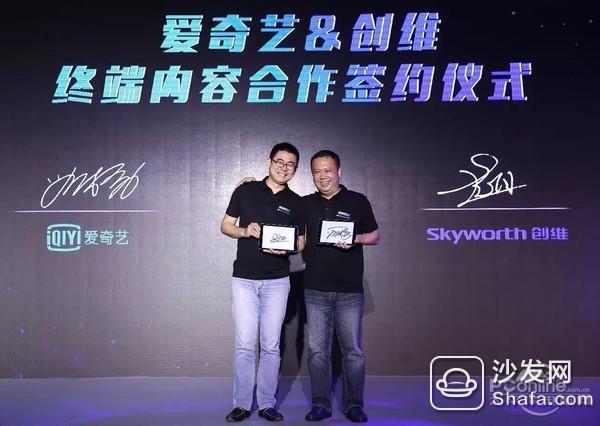
On September 13, iQiyi invested 1.5 billion yuan to invest in CoolTV under Skyworth, which represented 5% of the shares. After the disruption of Internet television and the traditional TV industry, the days of traditional TV manufacturers have become more and more difficult, and the trend of cooperation has become increasingly apparent. The purpose of both parties is to have an unspoken mind. Skyworth uses iQIYI's high quality content and at the same time expands the coverage of iQiyi's content under Skyworth's huge user base; iQiyi uses Skyworth's extensive channels to expand. Let Skyworth's products have a better user reputation.
The two hand-in-hand cases can be said to be both very far-sighted strategies for the two sides. It can also be said that this is a homeopathic move in the context of the Chinese Internet. The situation of cooperation and win-win has gradually opened. We can optimistically predict that more color TV companies will develop more in-depth cooperation at the business or even capital level in the future.
Large size, high-end into the inevitable trend of the industry
It is a very good trend for traditional companies to make efforts in the high-end market. Enterprises have enough profits to carry out product research and development. With a better brand image, they can further expand their competitiveness and be more favorable to the benign nature of the entire industry. cycle.
All along, domestically produced TVs have occupied the market with superb price/performance advantages. However, this year, the price war gradually faded with panel prices, and consumers began to shift their attention to large-size, high-end TV products.
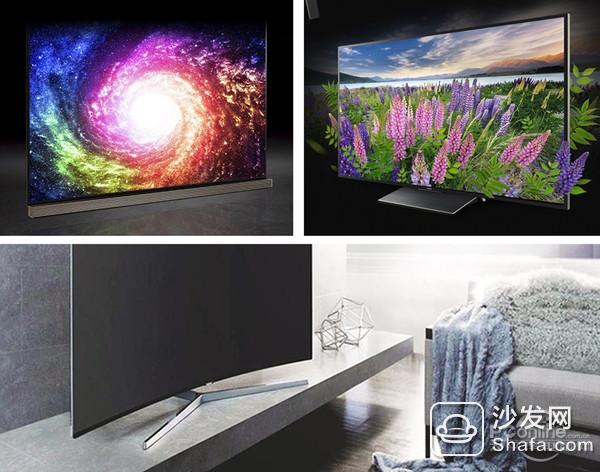
As the most commonly used home appliances, television has traditionally used it for five or six years before considering new ones. Of course, we must buy a better one. As the domestic brand TV is the main cost-effective, joint venture brands such as Samsung, LG, and Sony can hardly play the price war. Therefore, they have long focused on the high-end products of domestic TV. From the perspective of market share, the domestic TV high-end The market is still occupied by Japanese and Korean brands.
In 2016, Samsung's second-generation SUHD QD TVs, the KS9800, LG's high-end G6 OLED TVs, and the Sony Z9D have all become benchmarks in the industry. They have also become the three development directions for quantum dots, OLEDs and LCD TVs this year. Each representative.
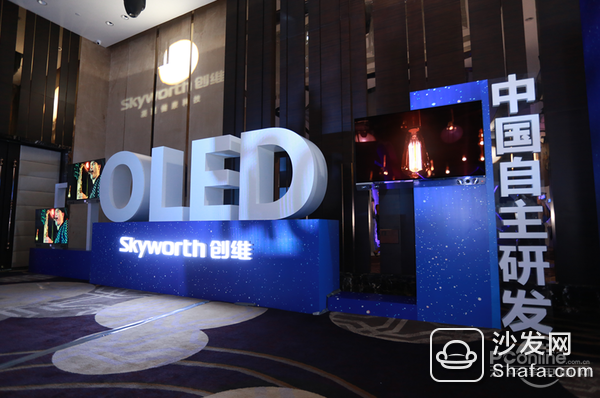
Of course, domestic brands are not completely vented on high-end products. Skyworth has always insisted on doing OLED TVs in China, from S9300 to S9-1, S9D, and then to domestic cooperation with BOE, the first self-developed OLED TV with its OLED TV. The series is like Skyworth's most competitive high-end TV product.
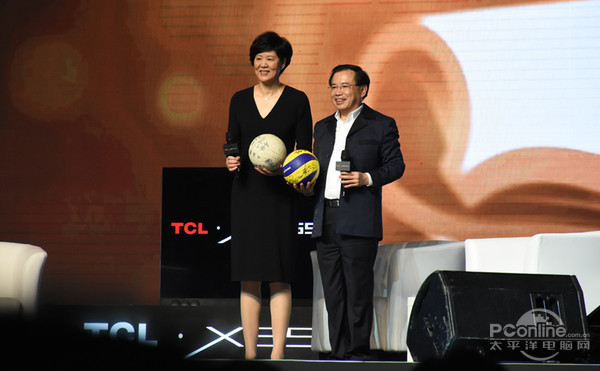
In addition, on the eve of the National Day, TCL in Guangzhou released a new high-end sub-brand XESS Chuang Yi, with the main characteristics of quantum dots, curved surface, ultra-thin and other high-end television market, it is also invited Chinese women's volleyball champion Lang Ping as its endorsement. Among the TCL XESS products, Galaxy's multi-separation backlight control, mirror low-reflection screen, Harman Kardon S-class surface acoustics, and flagship hardware performance have reached industry leading levels in all aspects, of which the highest selling price is X1. Up to 29,999 yuan, is also TCL's top flagship product this year, and has the strength to compete with Samsung, Sony and other joint venture brands.
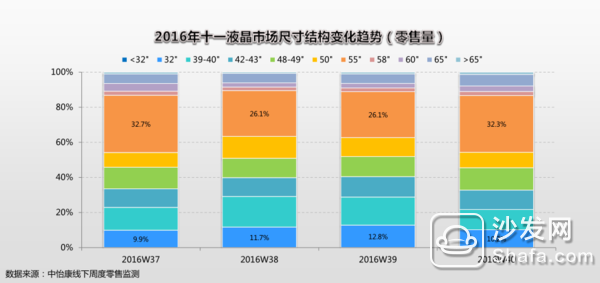
According to the purchasing power generated by consumers, the demand for 55-inch, 65-inch and larger TVs in the offline TV market has increased significantly during the National Day Golden Week. Afterwards, the double-eleven-and-55-inch TV has become the most popular. The size of welcome, while the average size is still rising. It can be seen that consumers pay more and more attention to large-size high-end TV products, and are no longer limited to cost-effectiveness.
Gradually quelling the price war is actually a good thing, allowing companies to have more energy to focus on product technology, quality control, quality, and so on. Consumers also want more than just low prices, but also services and quality. What's more, domestic high-end TV market still has a lot of room for development, and high-end is an inevitable trend.
IP drama explosions, restrictions on Korean orders and other farce disputes
Containing astronomical pay and "restricting Korean orders" is to take advantage of this.
The development of smart TVs is indispensable for technology and hardware, but the layout of content is also indispensable. What is almost visible is that each brand will compare its own content with its business partners at the launch conference to highlight its greater resources. At the same time, both Internet brands and traditional TV brands have invested heavily in the creation of IP-only broadcasts and online variety shows.
After the IP drama broke out in 2015, it was out of control. In 2016, Youku, iQiyi, LeTV, PPTV and other online video providers spent a lot of money to create a lot of IP network drama. "Smiling City", "Dear Translator", "Fantasy City", "Zhu Xian Qing Zhi Zhi" and so on, all of which became one of the 2016 Ba Ping screenplays. A good IP drama has become a reason to attract users to buy TV. This is not impossible.
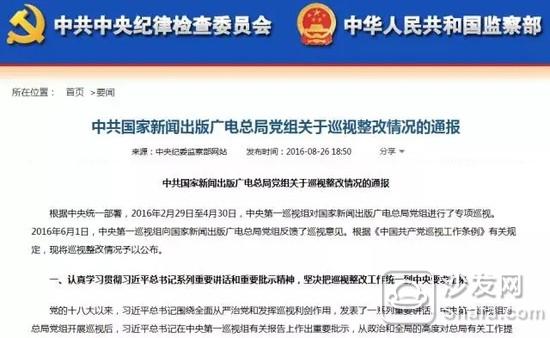
Broadcasting and TV Broadcasts curb sky-high prices and stars show off
The IP drama has been fired, and many celebrities have made big names. The phenomenon of high pay is becoming more apparent in 2016. According to sources, Wu Yifan’s paid quotes were as high as 120 million yuan, and Angelababy’s upcoming “Alternative†award was reportedly as high as RMB 80 million. Although it was just a rumor, it was viewed from a domestic perspective. Nothing can be found. As a result, radio and television immediately issued a document, resolutely curb sky-high prices and star show off wealth. As for the actual results, I don’t know what the juniors are.

In addition to the IP drama is the content of major manufacturers, Korean drama is undoubtedly the most popular drama in the country. This year, the "Descent of the Sun" fired Song Zhongji. It seems that every year, there are a few Korean stars because of a drama. However, this is only a small part of the many Korean stars that have developed in China.

Limit the Korean public opinion to the attention
Recently, however, the extremely fierce “Limited Korean Order†incident has continued for several months and has not been eliminated. Instead, there has been an upward trend. Specifically, the author in the "limited Korean order is just a farce? The reason why netizens have to give back to the back of the radio and television is mentioned in detail in the article. Although the spokesperson of the Ministry of Foreign Affairs has already publicly stated that “it has not heard any restrictions on Korean ordersâ€, the media’s public opinion has exerted a great influence on the entertainment circles of China and South Korea. Han Xing, originally set in many variety shows, has basically changed people. Movies and TV series with Han Xing also have not been released.
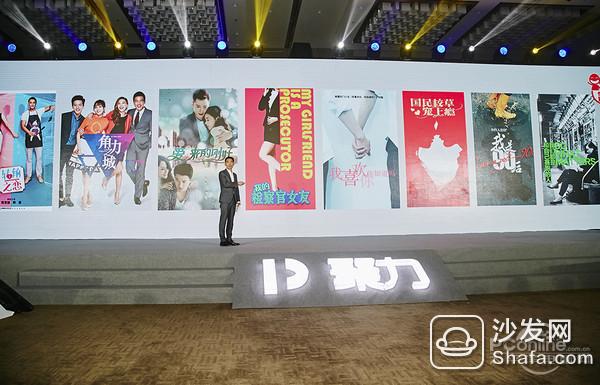
The frustration of Korean drama has also made the IP drama camp even bigger. It can be predicted from the recent 2017 IP drama plan disclosed by LeTV, PPTV and Youku that 2017 will be a full year of IP drama, video providers and smart TVs. The cooperation of manufacturers will also be further strengthened.
Summary of 2016 and Outlook for 2017
The TV market in 2016 has changed a lot. Consumers have become more and more critical in their consumer behaviors. The consumption pattern has changed from buying products to buying services, and from purchasing popular products to buying high-end products. The marketing strategies and product structure of TV manufacturers are also in line with this change: TV manufacturers have stepped up their content distribution and used content value-added services to attract consumers by means of cooperation or mass purchase; various manufacturers have launched high-end sub-brands, or Focus on promoting high-end models, and implement differentiated marketing on the series to capture more consumers.
Another trend is even more terrifying. In the age of Internet, consumers are increasingly focusing on a few brands. Some even identify a brand, and consumers are increasingly loyal to the brand. The number of consumers is certain, and television brands have emerged a large number of new faces in the past two years. How do new brands snatch the inherent market, how old brands keep their own country, mutual intensification of intensification. In order to attract more loyal consumers, TV manufacturers have made a large number of "fancy marketing", not letting any new events that can be hyped, and not letting new concepts that can be marketed at any point in the product. However, the proliferation of forms has eventually led to the scarcity of attention. Whether it is speculation or marketing, it has to identify consumption pain points.

Looking forward to 2017, there will be many goals for 2016. The panel may not increase prices anymore, so the price war will continue, because until today, Internet vendors have not been able to tell you whether you will die or not. The new display technology expects OLED to continue its breakthrough in yield, lower the average price and allow OLED to be popularized rapidly. At the same time, it is also looking forward to the acquisition of Samsung after QD vision, which can tap the potential of quantum dot technology; of course, there is the Internet. Manufacturers of various "new concepts" televisions. In the new business model, some people have a bubble on the shelf and some people have a bubble on the wall. No matter what, they have to come back and fill in the foam before they collapse. Therefore, there is less routine and more sincerity.
Hongkong Onice Limited , https://www.ousibangvape.com